Wood is a big deal in Minecraft. It’s your go-to for crafting tools, building houses, and keeping creepers and zombies at bay. But let’s be real, a lot of players don’t give it much thought. If you’re new to the game, wood is super handy—it’s quick to gather and works for everything from mining stone to making a cozy base. As of Minecraft Java Edition 1.21.6, there are eleven wood types: Oak, Spruce, Birch, Jungle, Acacia, Dark Oak, Mangrove, Cherry, Bamboo, Crimson, Warped, and the new Pale Oak. Here’s the rundown on which ones are the best, based on how they look, how easy they are to get, and what you can do with them.
12. Crimson
Crimson wood comes from the Nether’s crimson forests, with a bold red look. You chop down huge crimson fungi to get stems, which you can turn into planks, doors, trapdoors, fences, and more. The catch? Those forests are crawling with Hoglins that’ll mess you up if you’re not careful.
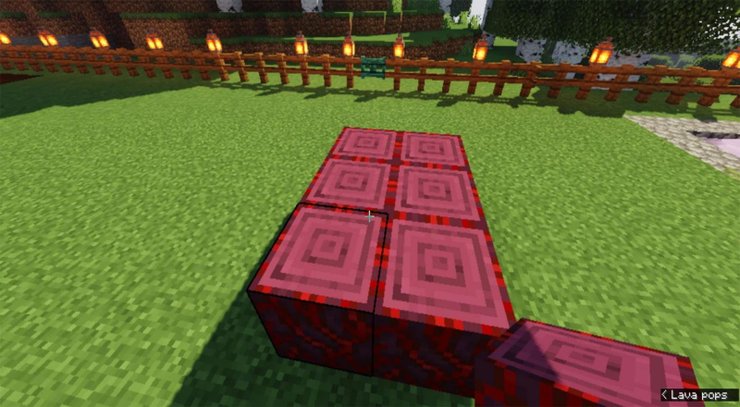
The reddish-magenta planks don’t really go with much, so most players skip them unless they’re building something Nether-themed. They’re kind of a last resort, which is why Crimson’s at the bottom.
11. Warped
Warped wood is another Nether find, growing in warped forests. These spots are safer than crimson forests, though you might bump into an Enderman or two. The stems from warped fungi make planks with a weird teal-green color.
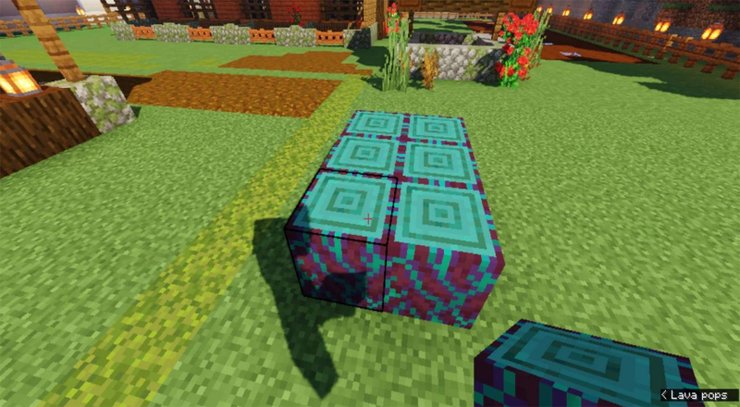
Warped planks look cool but don’t match many blocks. They can work with Prismarine or Acacia for quirky builds, but most folks pass on them because of the odd color. You can make doors and trapdoors, but they’re not winning any popularity contests.
10. Jungle
Jungle wood grows in the Overworld’s jungle biomes. The trees are super tall, so you get a ton of logs. Plus, you can grow cocoa beans on them, which is neat. The downside? Getting jungle saplings takes forever, so farming them is a pain.

Jungle logs have brown bark and a pinkish inside when made into planks. That pink color makes them tricky to use in builds, though they look okay with red granite. The doors and trapdoors have a rustic feel, but a lot of players aren’t fans of the hue.
9. Acacia
Acacia trees pop up in Savanna biomes, and their funky, twisty shapes look awesome in a grassy field. Problem is, like jungle trees, they don’t drop many saplings, so growing them takes time.
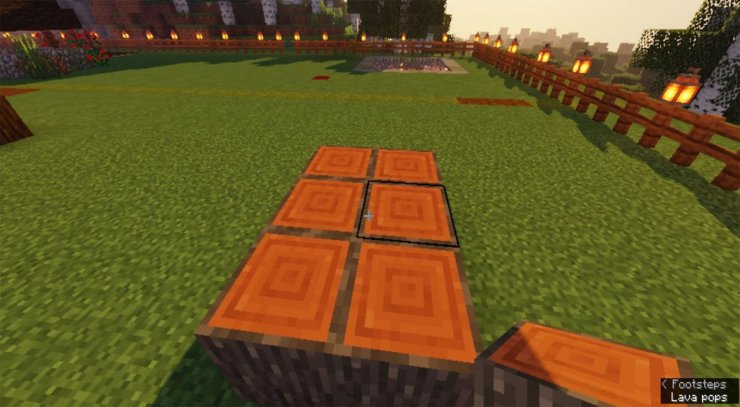
Acacia logs are gray on the outside but turn bright orange as planks. They can look good with dark oak or warped trapdoors, but their doors and trapdoors have a beat-up, old-school jail vibe that turns people off. Most players just plant a few for decoration or to hang lanterns.
8. Mangrove
Mangrove wood, added a while back, grows in swamp biomes packed with resources. You can snag propagules easily from the branches, but the thick tree canopies block sunlight, making these spots a hotspot for hostile mobs.

Mangrove’s deep red-wine planks make awesome-looking doors that go great with white diorite or quartz. The fences and trapdoors, though? Not so popular. It’s a solid pick, but the swampy dangers hold it back a bit.
7. Birch
Birch trees are all over the Overworld, showing up in plains and birch forests. They’re not the tallest, so you don’t get a ton of logs, but they’re easy to find.
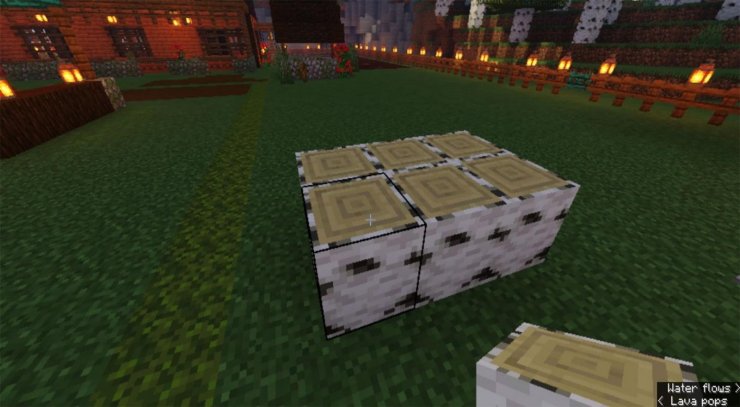
Birch’s bright white planks with black spots are super versatile. They look great with white concrete, glass, or quartz, working for both modern and rustic builds. It’s a reliable choice, but the smaller log yield keeps it from climbing higher.
6. Cherry
Cherry wood, added in 1.20, comes from the Cherry Blossom biome with its gorgeous pink leaves. You get logs, saplings, and petals when you chop them down, and the planks keep that pink color.
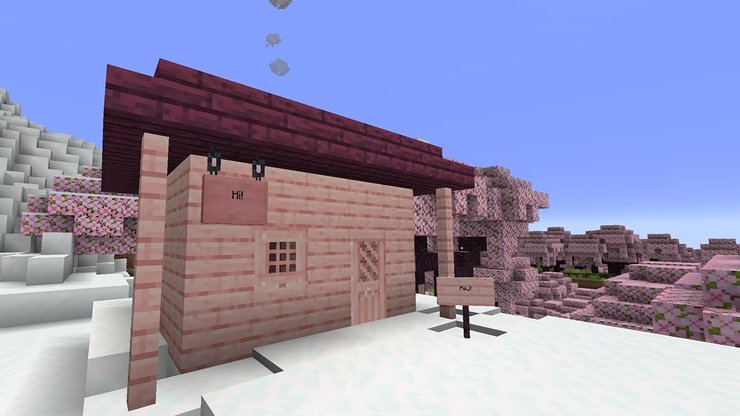
Cherry planks are a hit for colorful, creative builds, with a full range of craftable blocks like doors and hanging signs. The pink look is awesome but can be tough to match with other blocks, and the biome’s rarity knocks it down a peg.
5. Dark Oak
Dark Oak trees grow in thick forests and give you a bunch of logs, apples, and saplings. The downside is those dense canopies make it easy for mobs to spawn, so watch out.
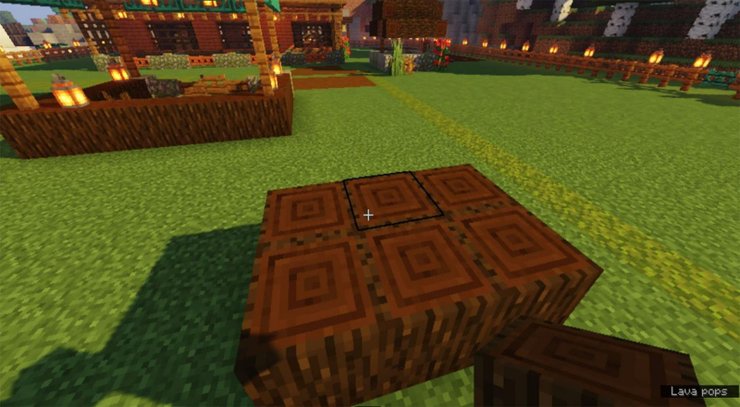
Dark Oak’s deep brown color is perfect for medieval stuff like house roofs, ships, or furniture. It pairs nicely with oak, spruce, or white diorite. It’s got a big fanbase, but its darker shade isn’t for everyone.
4. Bamboo
Bamboo can be found in bamboo forests and jungles, and it is a renewable resource. It can be gathered using any tool or even bare hands, although a sword can speed up the process. To grow bamboo, players can plant it in soil, grass, podzol, or sand close to a water source, and its growth can be expedited by planting it beside other bamboo plants.
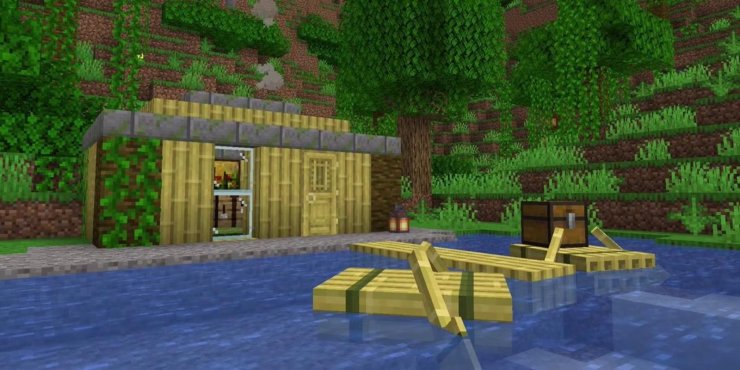
Bamboo has multiple uses in Minecraft. It can be used as a reliable source of fuel for items like furnaces, smokers, and campfires. Players can also use bamboo to breed pandas and trade with wandering traders. Additionally, bamboo can be transformed into different blocks with distinct functions and properties.
One such block is the Bamboo Block, which is suitable for crafting and decoration purposes. It has a unique striped texture and a darker green color. To craft a Bamboo Block, players need to arrange nine bamboo stalks in a 3x3 formation on the crafting grid. Alternatively, players can also strip bamboo using an axe.
3. Pale Oak
Pale Oak, new in 1.21.4, grows in the Pale Garden biome or can be bought from wandering traders. Its light greyish-white color is exactly what players have wanted for a white wood option.
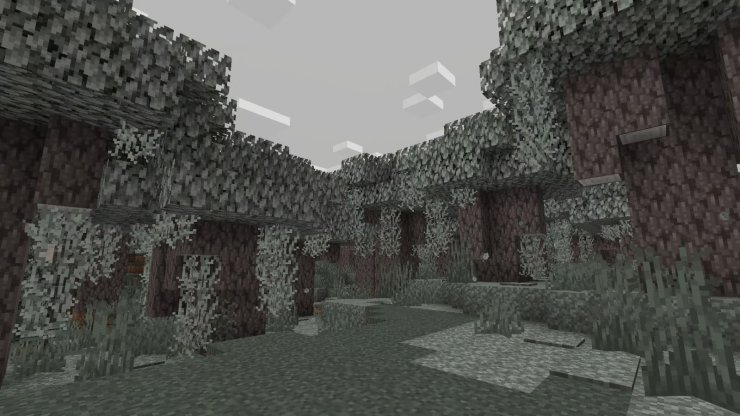
Pale Oak planks are great for sleek, modern builds with quartz or concrete. Their unique, almost-white look makes them stand out, and traders make them easier to get. The biome’s rarity is a slight hassle, but this wood’s a game-changer.
2. Oak
Oak’s been in Minecraft forever and is everywhere in the Overworld. The trees aren’t huge, so you don’t get tons of logs, but they drop logs, sticks, saplings, and apples.
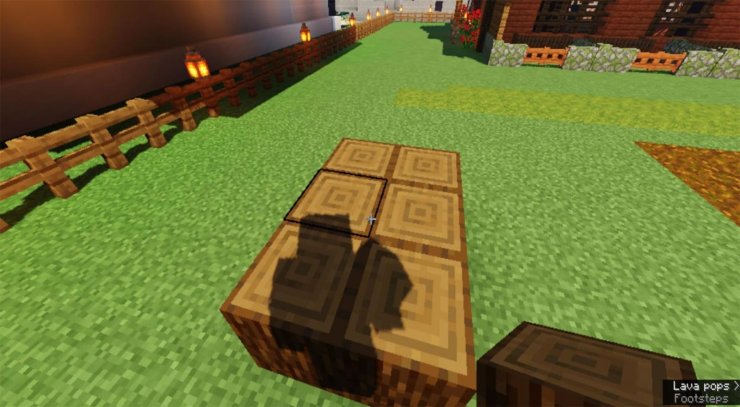
Oak’s light brown planks are super flexible, fitting rustic or modern builds and pairing well with stone or plants. It’s the ultimate beginner-friendly wood, but it’s just edged out by spruce’s richer look.
1. Spruce
Spruce trees grow in taiga, snowy plains, and mountains, with three size variants. Plant four saplings in a 2x2 grid, and you’ll get a massive tree for tons of logs.
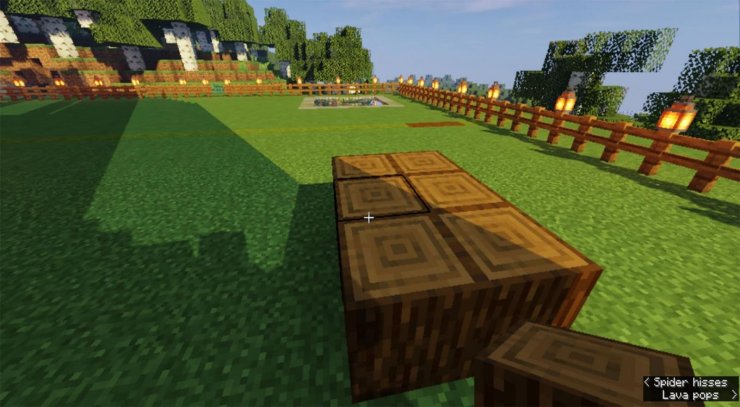
Spruce’s dark brown planks look awesome with cobblestone, mossy stone, or oak. They’re not too dark or too light, making them perfect for all kinds of builds. With easy access and the option for giant trees, spruce is the best wood in Minecraft 1.21.6.
>>> Read more: How To Get Shroomlight In Minecraft 1.19

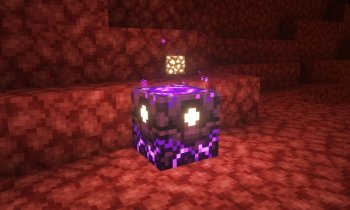








Comments